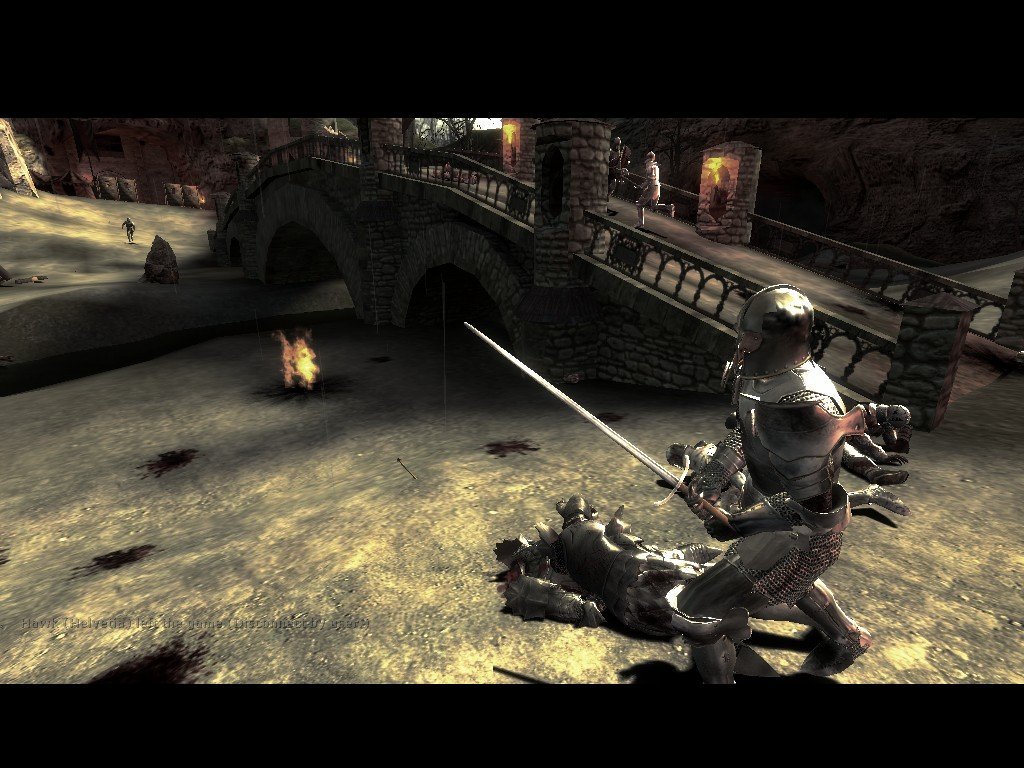

As wolf populations continue to recover in large parts of the U.S. Rewilding ecosystems by using large predators to reestablish missing ecological processes may provide a way to maintain balanced ecosystems. Our results show that larger predators can constrain the behavior of smaller predators in human-dominated landscapes, which may help to prevent overabundance. In Australia, for example, overabundant cats and foxes have contributed to the extinctions of about 30 small mammal species. Unbalanced ecosystems, like ones with too many small predators, can face devastating effects. While our findings may at first seem like bad news for conserving smaller predators, these results have important implications for maintaining balanced ecosystems, where no species is too abundant. Conservation in human-dominated landscapes After being sedated, it is common for animals to initially wake up groggy, but they soon return to normal. The process of capturing and GPS-collaring a bobcat. Under a Washington hunting license, for example, coyotes and bobcats can be legally hunted and trapped without limits – all year for coyotes and six months for bobcats. These technologies allow people to kill animals either when absent or from large distances, possibly making it difficult for animals to accurately gauge risk.Īdditionally, lenient hunting regulations for these small predators puts them at high risk. Most bobcats and coyotes in our study were either shot or trapped. Instead, we think they might not correctly interpret the threats posed by modern humans. Unlike other predators, humans often target animals in prime condition.īut if people are so dangerous, why would coyotes and bobcats seek refuge near them? Other research shows that smaller predators do indeed fear humans, so they likely still recognize that humans are dangerous. Our findings fit with earlier research that characterizes humans as “ super predators.” People use modern technologies such as firearms and steel traps to kill small predators at far higher rates than other predators kill small predators. We found that humans were the greatest cause of mortality, killing these smaller predators at more than three times the rate that large carnivores did.

When coyotes and bobcats sought refuge near people, they instead encountered a more lethal source of danger. In parts of the landscape with large predators around, both coyotes and bobcats moved to areas with approximately double the human influence, potentially using humans as shields. Coyotes strongly avoided wolves, which brought them closer to humans. We found that wolves and cougars avoided areas heavily influenced by humans, such as busy roads and residential areas. Video produced by Benjamin Drummond and Sarah Joy Steele. How researchers from the Washington Department of Fish and Wildlife attach GPS collars to wolves.


 0 kommentar(er)
0 kommentar(er)
